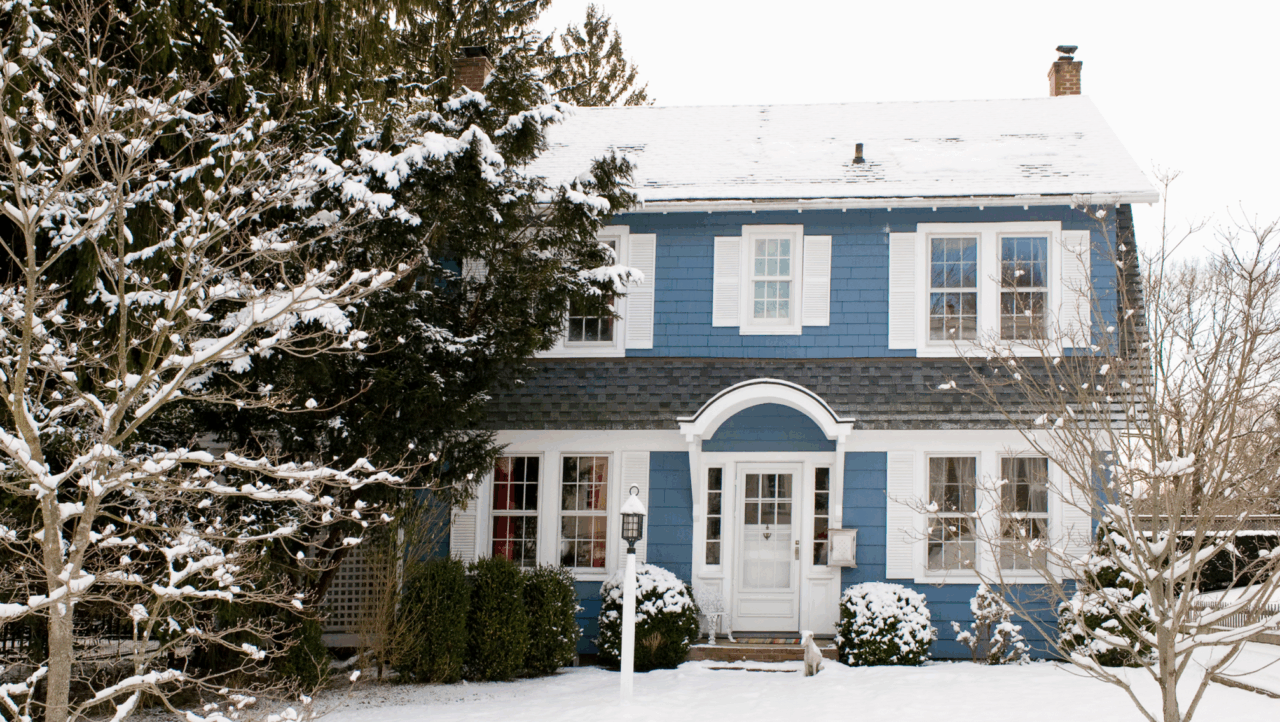What Does Pending Mean in Real Estate?


Written by Shawnna Stiver on June 17, 2025
You may have noticed the words “sale pending” on a property listing or as one of our filter options on Zillow. In real estate, pending means the house is off the market, and the sale is close to final but not yet complete. The seller has accepted a buyer’s offer and all contingencies have been cleared, moving both parties one step closer to closing.
While the sale is close to final, the deal could still fall through — putting the home back on the market. A pending status may mean different things if you’re the active seller or a newly interested buyer. We’ll cover what pending means, how long a house can be pending and whether new offers can still be accepted or made.
Why are homes listed as pending?
Homes are listed as pending to indicate the seller has accepted a buyer’s offer, a contract is in place, and the sale is in the final stages of completion. For sellers, a pending status generally means minimal additional work unless something unexpected arises. For buyers, there may be a few last minute items that need finalizing in the days leading up to closing.
Here's what to expect after the sale is pending:
- Escrow period: The home temporarily moves into escrow while all final paperwork is processed, including financing and title checks.
- Final walkthrough: The buyer conducts a walkthrough to ensure the home is in the agreed-upon condition.
- Closing day: Both parties sign the necessary documents, funds change hands, and ownership transfers to the buyer.
Pending vs under contract
Home sales go through multiple phases: Active under contract, contingent, pending and close. A property “under contract” means a buyer and seller have agreed to the terms of the sale, but the buyer’s contingencies still need to be met. A property “pending” means all the buyer’s contingencies have been met, and the sale is nearing completion.
When a property is under contract, the house is still technically on the market — meaning backup offers can still be considered. Once a property is pending, the house is no longer actively on the market and the seller is unlikely to accept new offers.
Most agents won’t label a home “pending” until the sale is close to a done deal. In this case, the sale is pending the final closing.
How long can a house be pending?
A house can remain in a pending status anywhere from a few days to several weeks, depending on the circumstances. The timeline often varies based on factors like the complexity of the transaction, the time needed to finalize financing, or the completion of final inspections and appraisals. Most pending sales resolve within 30 to 60 days, but some may take longer if unexpected delays occur.
Can a real estate agent show a house that is pending?
Seeing “sale pending” doesn’t necessarily mean the door is closed on the home you want. With the right approach, persistence, and a good real estate agent in your corner, you can strategically position yourself for an opportunity.
Waiting for the perfect home isn’t always easy, but the right property — and the right deal — are always worth it.
Have questions about your next step? Talk with a Zillow Premier Agent partner to gain an edge in your search for the perfect home.
Can you make an offer on a pending home?
Yes, you can make an offer on a house listed as pending, but the seller’s flexibility and market conditions may dictate whether it is accepted. You’re more likely to get a seller to accept a backup offer when the home is listed as “active with conditions,” “active continue to show,” or “active under contract.”
When a house is pending, the seller is unable to enter into an agreement with another buyer, but the sale is not a “done deal.” Sellers could accept backup offers that would come into effect if the original deal falls through. This ensures that, in case the deal fails, they don't need to return to square one and relist. Here’s how you can approach making an offer on a pending home:
- Have your real estate agent contact the listing agent to inquire about the deal's specifics, including whether the contingencies have cleared, how the inspection went, or if any problems have arisen.
- Express your interest in the home with a formal backup offer. This ensures you're at the front of the line if the initial buyer backs out. Since you may not be the only backup offer, include competitive terms to stand out.
- Even if a deal is shaky, it’s important to temper expectations. Stay informed but avoid placing all your hopes on a single property.
Should you pursue a “sale pending” home?
If the home of your dreams has a “sale pending” label, don’t automatically cross it off your list. Put it on your watchlist and track the sale’s progress. Stay in regular contact with your agent to check for updates on the buyer’s status. Have inspections been completed? Were issues resolved? Is there a solid financing plan in place? Getting these answers helps you gauge the deal’s likelihood of closing. Consider submitting a backup offer to keep your options open. While waiting on a pending home, continue your search. Focusing on multiple potential properties keeps you grounded and increases your chances of finding the perfect home.
What percentage of pending sales fall through?
A 2022 Zillow survey found that 2.8% of all pending sales, or one out of every 36, fell through each week. There are many reasons why a pending sale may fall through. Some common risks of a pending status include:
Loan issues: The buyer’s loan could fall through due to changes to their finances. Maybe a buyer experienced a financial setback, such as job loss, that altered their ability to secure a mortgage or fulfill purchase agreements.
Inspection discrepancies: An inspection may uncover significant problems with the property (e.g., structural damage, plumbing issues, or pest infestations). If the seller isn’t willing to address or negotiate repairs, the buyer might walk away.
Low appraisal: If the lender’s appraisal comes back lower than the agreed-upon sale price, the buyer may struggle to secure financing. The seller might refuse to renegotiate the price, leaving the deal at a standstill.
Title problems: Unexpected title issues like unresolved liens, disputes over ownership, or inaccurate records can prompt buyers or lenders to back out. Title risks often require legal resolution, which can delay or terminate the process.
Short sale issues: Short sales, where the seller owes more on the mortgage than the home’s value, often involve layers of negotiation with creditors. If the lender rejects the sale terms or fails to respond promptly, the transaction could collapse.
Buyer cold feet: While less common after contingencies are removed, buyers can still occasionally back out of the deal due to personal emergencies, change of plans, or doubts about the property.
A local agent can help you stay competitive on a budget.
They’ll help you get an edge without stretching your finances.
Talk with a local agent


